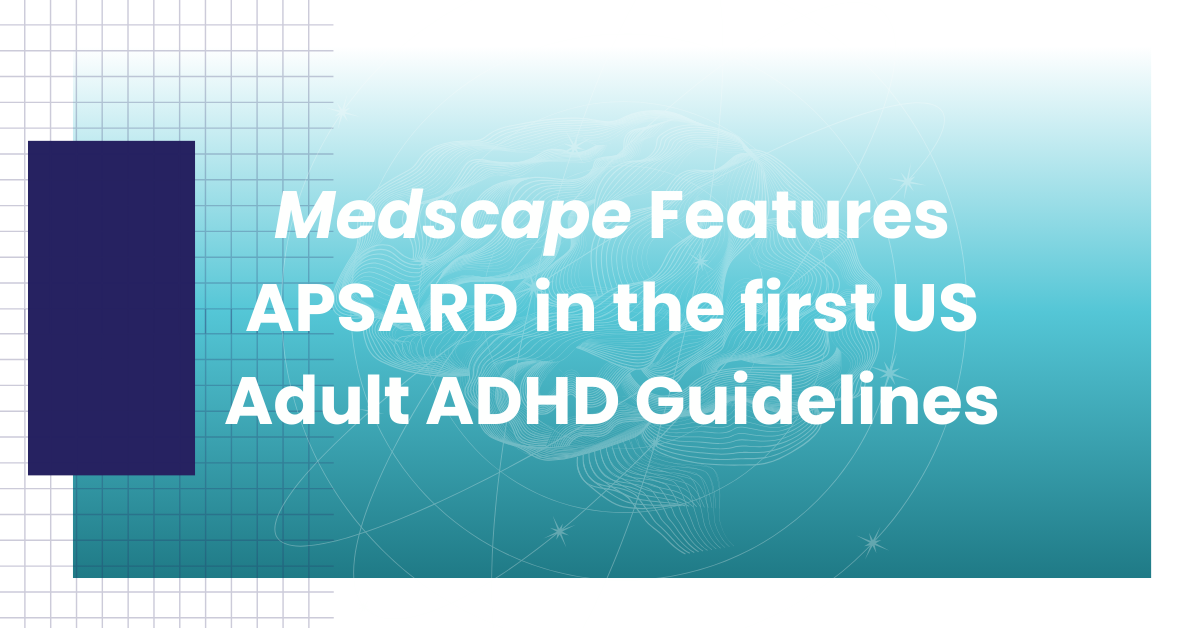Affective lability is a term used in mood disorders where as emotional dysregulation is described in attention deficit hyperactivity disorder. At first glance these two terms might appear to make categorical distinctions yet the clinical presentation is often much more confusing. Richard-Lepouriel and colleagues (2016) wrote in their paper on the similarities of affective lability and emotional dysregulation that emotional dysregulation (term to describe both) can be “defined by excessive expression and experience of emotions with rapid and poorly controlled shift and emotions and abnormal allocation of attention to emotional stimuli.” Yet how can such a descriptive definition be clinically operationalized?
If we look at the DSM diagnostic criteria, there are multiple symptoms that overlap Bipolar Disorder-hypomania/mania and ADHD. In the DSM-IV, Bipolar Disorder/ADHD respective symptoms were more talkative than usual/talks excessively, distractibility/easily distracted, increased activity or physical restlessness/fidgets and restless, loss of normal social inhibitions/interrupts and butts in uninvited. In DSM 5, the symptom overlap continues with hypomanic/manic symptoms of increased talkativeness, racing thoughts, distractibility, psychomotor agitation, increase risky behavior compared to ADHD symptoms of talks too much in social situations, difficulty maintaining attention and distractible, fidgety and restless. And while not diagnostic criteria for ADHD, impulsive risky-taking behavior and sleep disturbance both overlap with Bipolar Disorder. In addition, both disorders require social/occupational distress or impairment be present.
While symptoms are descriptive, the etiology is unaddressed. Is this is a dysfunction with the accelerator (the rapidity of emotional intensity) or the lack of brakes (leading to impulsive expression)? The distinction can have neuropharmacologic implications. For example, the prescription for affective lability in bipolar disorder is a mood stabilizer, while emotional dysregulation in ADHD seems to respond to stimulants and atomoxetine. In contrast, no literature supports the use of ADHD medications for mood control in bipolar disorder and ADHD medications are discouraged in bipolar patients.
Do we learn anything from the pharmacologic action of respective disease appropriate medications? Not really. If we apply the concept of “dysfunctional accelerator”, mood stabilizers as lithium, lamotrigine, carbarmazepine, valproate, and atypical neuroleptics have different pharmacologic action, although the epileptic medications have the commonality of anti-seizure effect. At one time, it was thought that the anti-seizure characteristic was an explanation for the mood stabilization. However, the hypothesis of kindling has not proven to be a credible explanation for bipolar disorder after decades of research. Mood stabilizer heterogeneity may be in contrast to stimulant medications all of which have the commonality of increasing cerebral dopamine levels. Considering the “lack of brakes” concept, one might presume that elevations in dopamine levels mitigate emotional dysregulation by “applying the brakes” to impulsive emotional expression. And yet, while atomoxetine and alpha agents have downstream effects on dopamine that presumably explains their efficacy, their benefit on emotional regulation may result from the direct effect on noradenline or a neural system not yet identified.
I submit that affective lability and emotional dysregulation represents a conceptual difference without a clinical distinction. As a result, the use of symptom checklists at a single point in time is likely to render a compromised diagnosis. The response to medication is unlikely to provide any greater accuracy in diagnosis. What have been missing from DSM criteria have been the age of onset, longitudinal course of symptoms, and the presence of the symptoms/disorder in first-degree relatives. These three historical factors will increase the specificity of the diagnosis.
While there will be much debate over “who owns” emotional dysfunction, the mood disorder camp or the ADHD camp, the clinical use of emotional expression as a predominant determinant of the disorder will lead us astray.
 David W. Goodman, M.D.
David W. Goodman, M.D.
Richard-Lepouriel H, et al. Similarities between emotional dysregulation in adults suffering from ADHD and bipolar patients. J Affect Dis. 2016. 198:230-236.
Bender RE, et al. Life stress and kindling in bipolar disorder: review of the evidence and integration with emerging biopsychosocial theories. Clin. Psychol. Rev. 2011. 31: 383–398.

